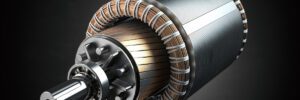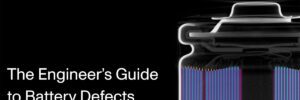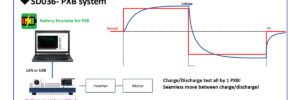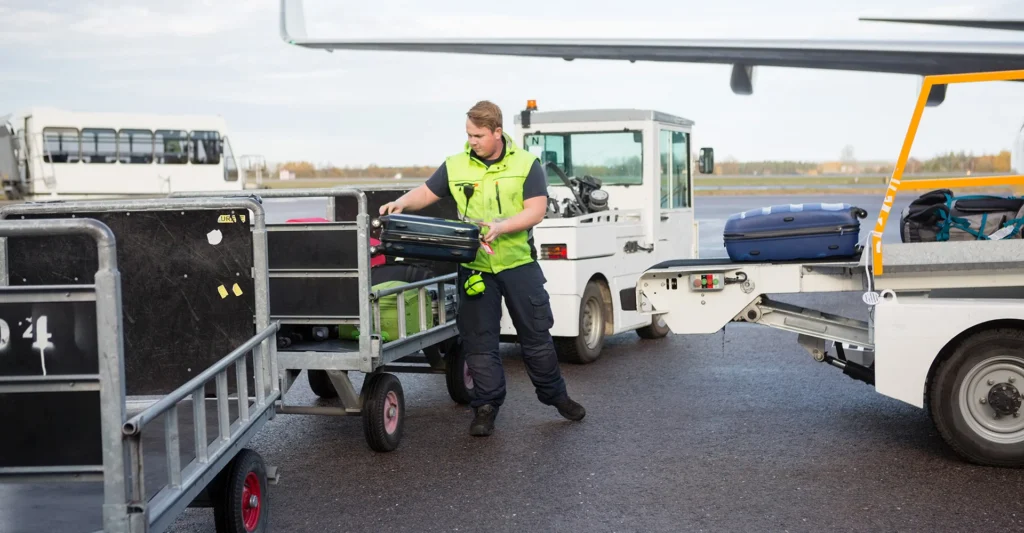
Australia-based Ionic Rare Earths has signed an agreement with US Strategic Metals (USSM) to develop vertically-integrated rare earth production from recycling at USSM’s 1,800-acre (728.4-hectare) fully permitted site in Missouri.
IonicRE will provide its subsidiary Ionic Technologies’ patented rare earth permanent magnet recycling technology to develop commercial recycling capacity for neodymium iron boron and samarium cobalt.
The Missouri recycling facility is expected to produce neodymium and praseodymium as well as heavy rare earths including dysprosium, terbium, samarium, gadolinium and holmium. The companies will also evaluate other heavy rare earth recycling opportunities within the US.
The initial agreement focuses on producing high-purity, separated magnet rare earth oxides (REOs) in the US, and the cooperation will potentially expand in the future to include a range of magnet and heavy rare earths from strategically sourced mixed rare earth carbonate (MREC), the companies said.
The partnership supports the United States-Australia Framework for Securing of Supply in the Mining and Processing of Critical Minerals and Rare Earths the two countries signed in October 2025, which is aimed at delivering a US-Australia secured supply chain for critical minerals and rare earths.
“Magnet recycling is the fastest and lowest-cost pathway to developing an ex-China rare earth supply chain in the United States. IonicRE is leading this charge in this area, and we now look to replicate the capability we have demonstrated in the UK now in the US to provide a key strategic supply of magnet and heavy rare earths into the US supply chain,” said Tim Harrison, IonicRE’s Managing Director.
Source: Ionic Rare Earths
from Charged EVs https://ift.tt/vD6fpVj








